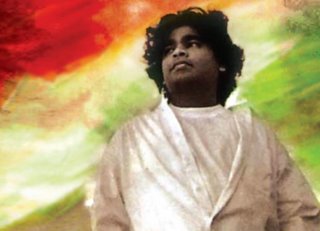Lalu on a rollicking roll
When Railway Minister Lalu Prasad Yadav announced that tea will only be served in earthen pots, analysts expected Indian Railways to plunge into another crisis. The fear was, Yadav and his populist moves could completely derail Indian Railways. Surprise, surprise, exactly the opposite has happened with the organisation. In a series of smart strategic moves, the wily politician from the Hindi heartland is transforming the organisation in such a radical way that he has become a case study for business schools. Like a typically focused CEO, Lalu has made moves to both increase market shares and improve profit margins. And he is doing a great job of it.
For complete IIPM article click here
Source:- IIPM Editorial
Visit also:- IIPM Publication, Business & Economy & Arindam Chaudhuri Initiative
For complete IIPM article click here
Source:- IIPM Editorial
Visit also:- IIPM Publication, Business & Economy & Arindam Chaudhuri Initiative

